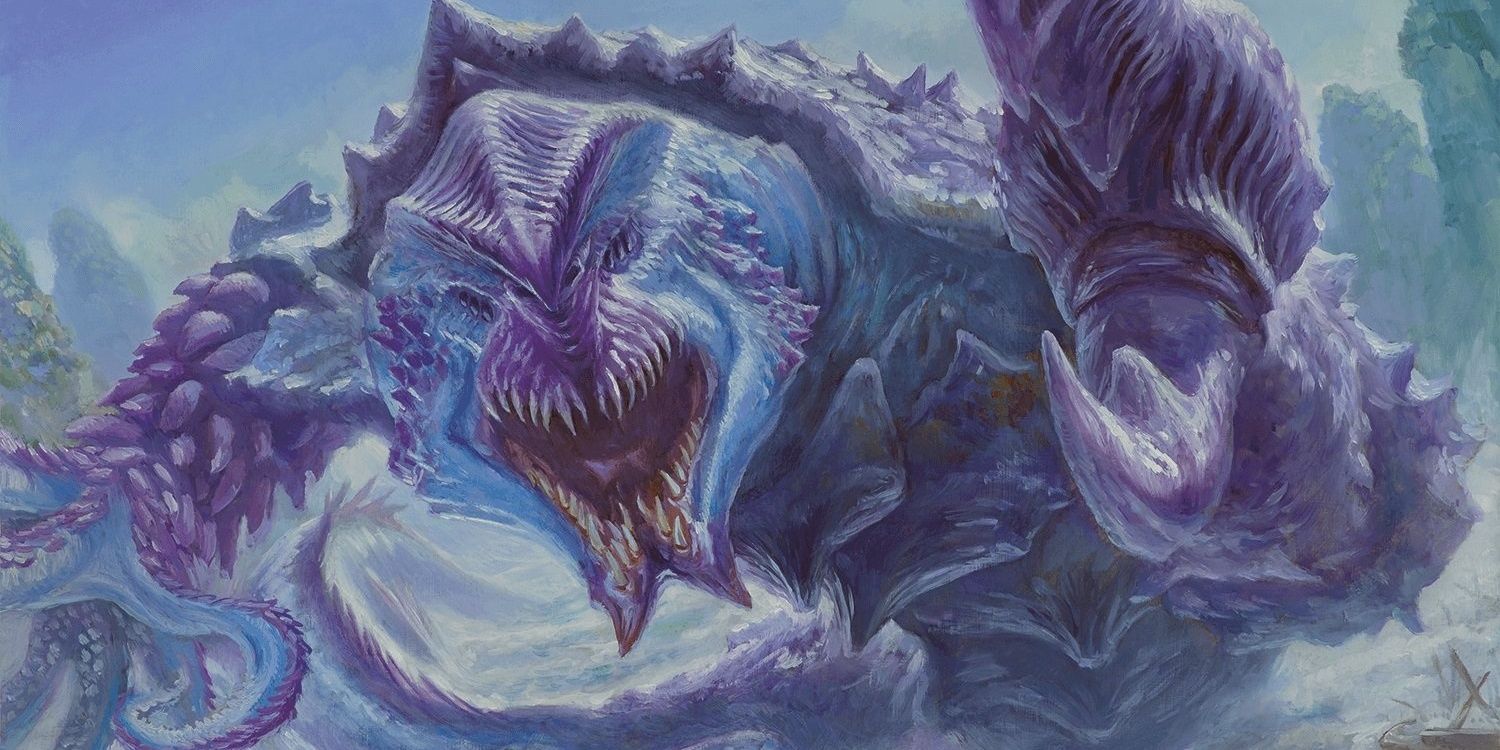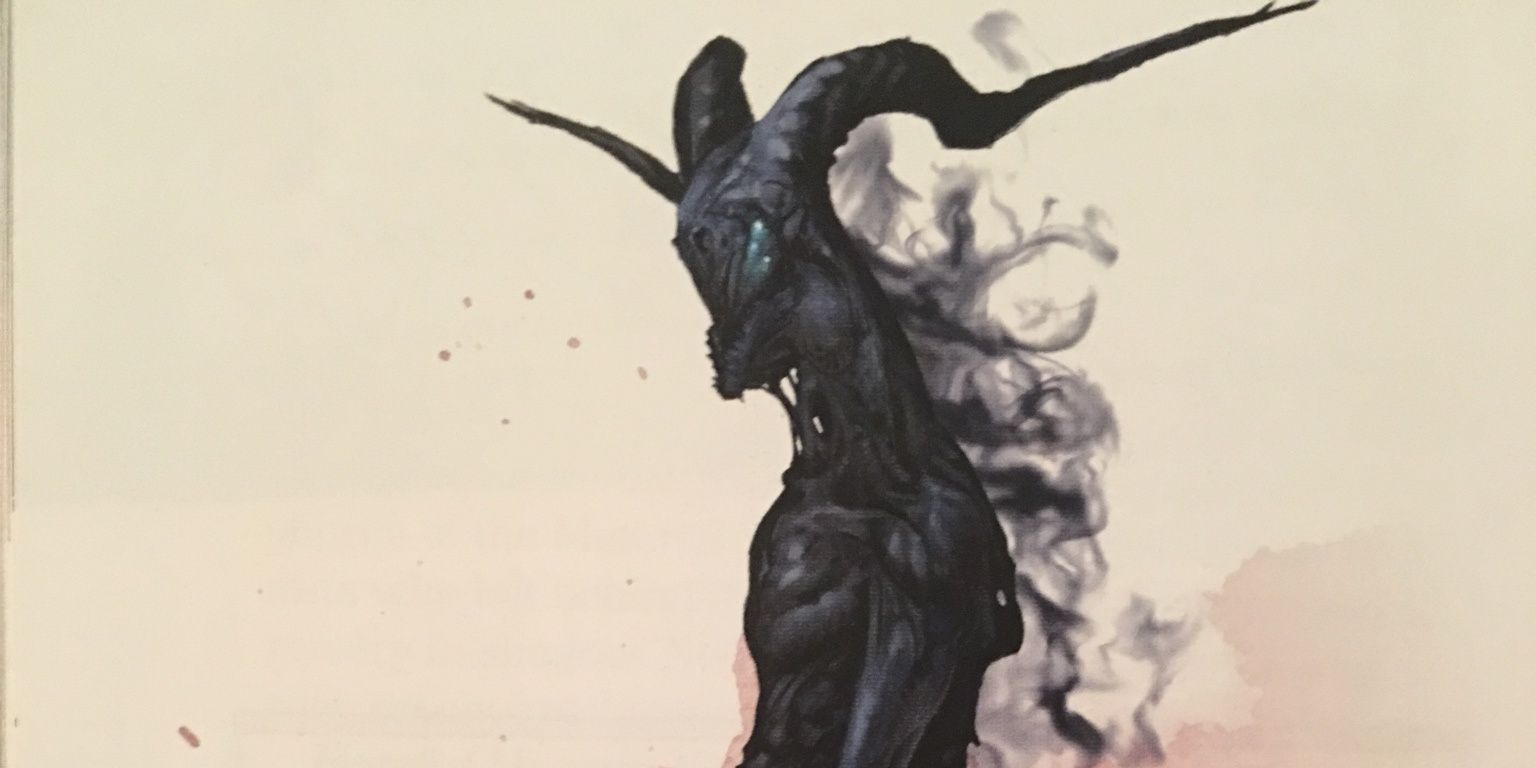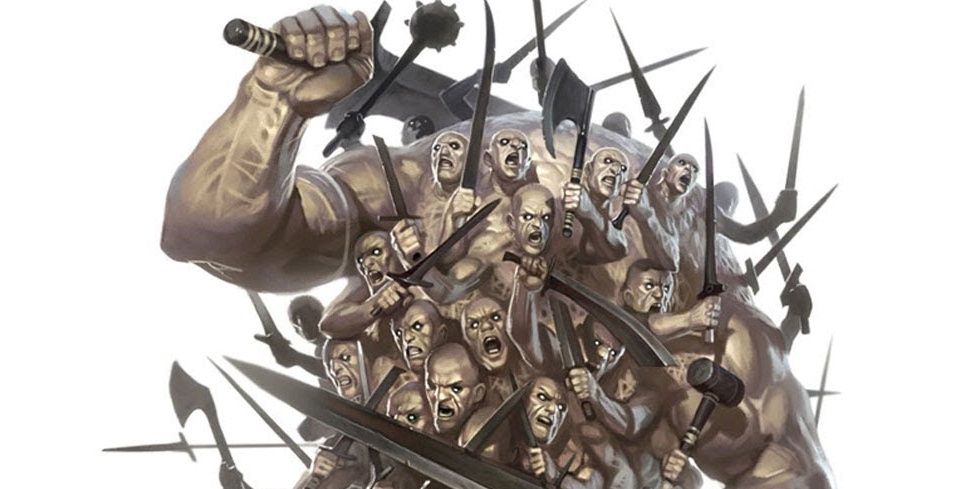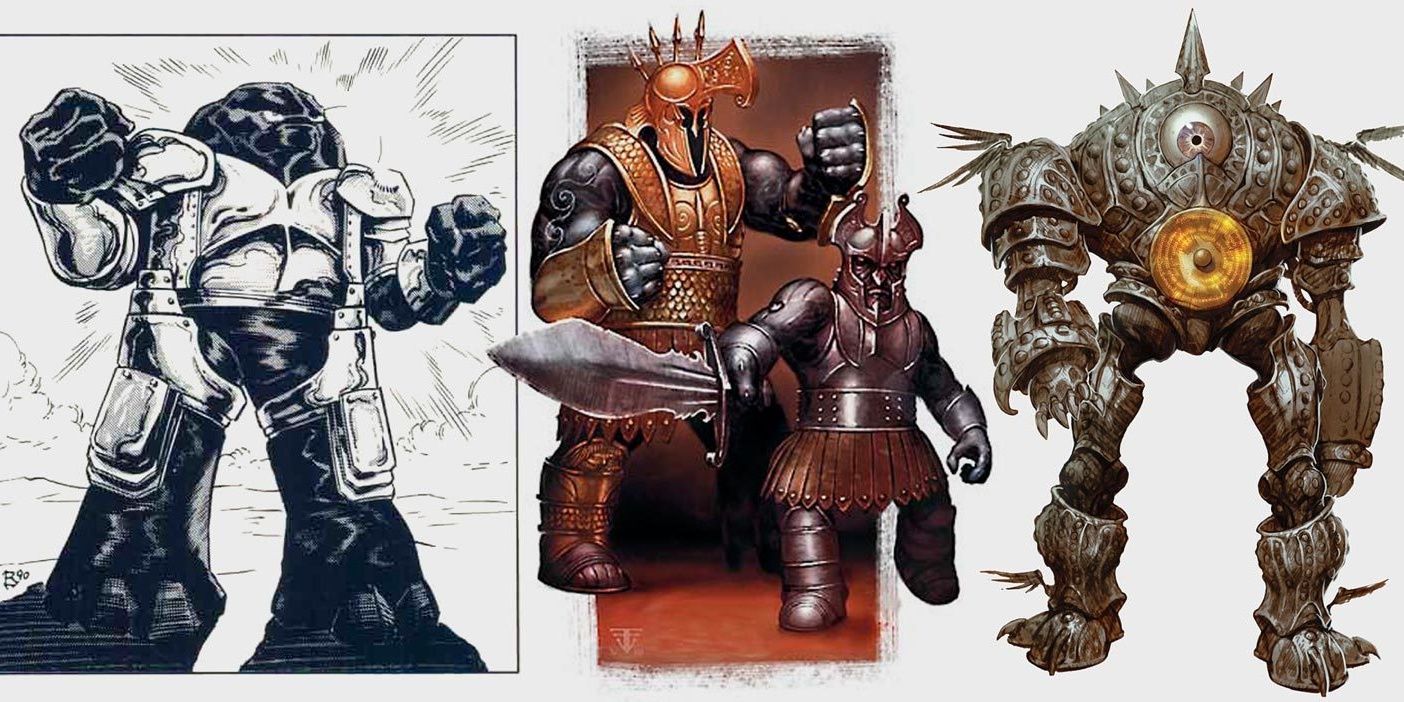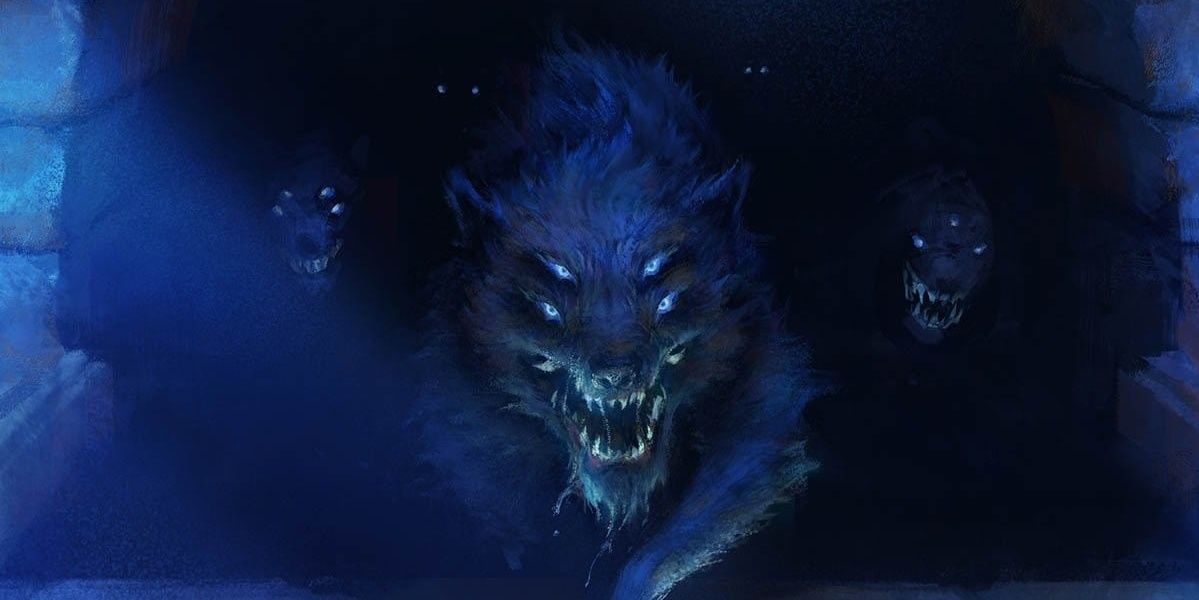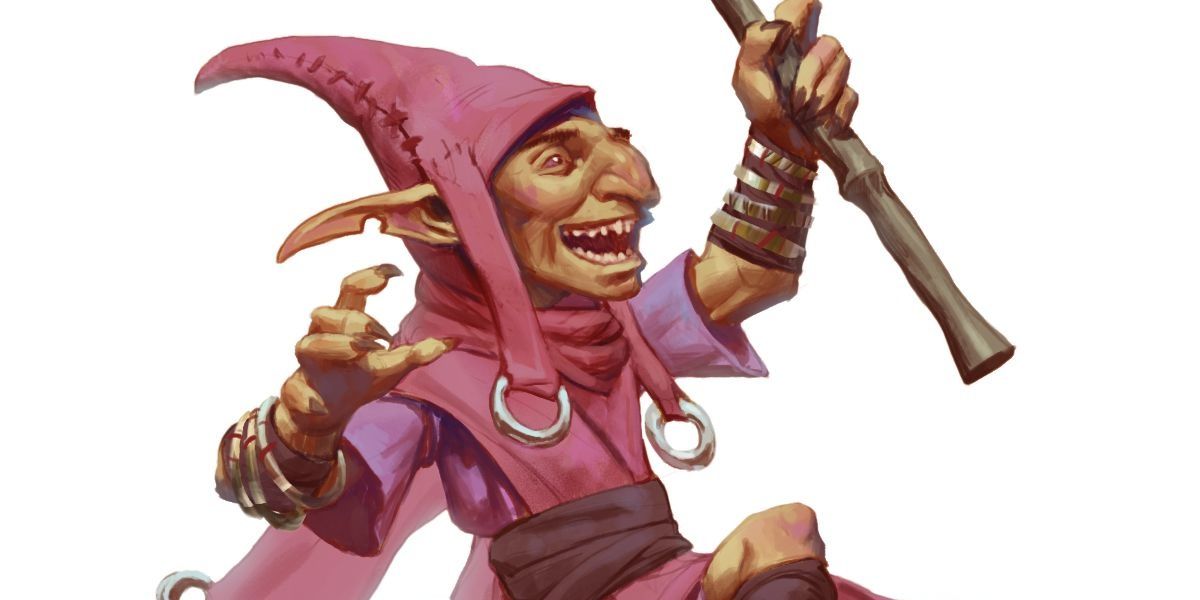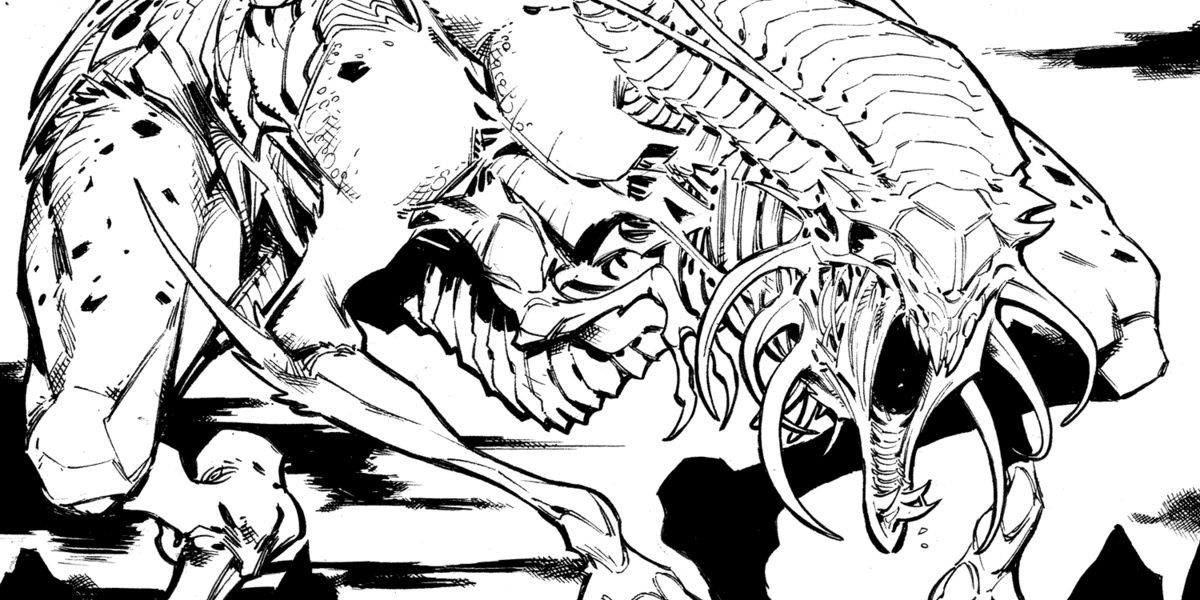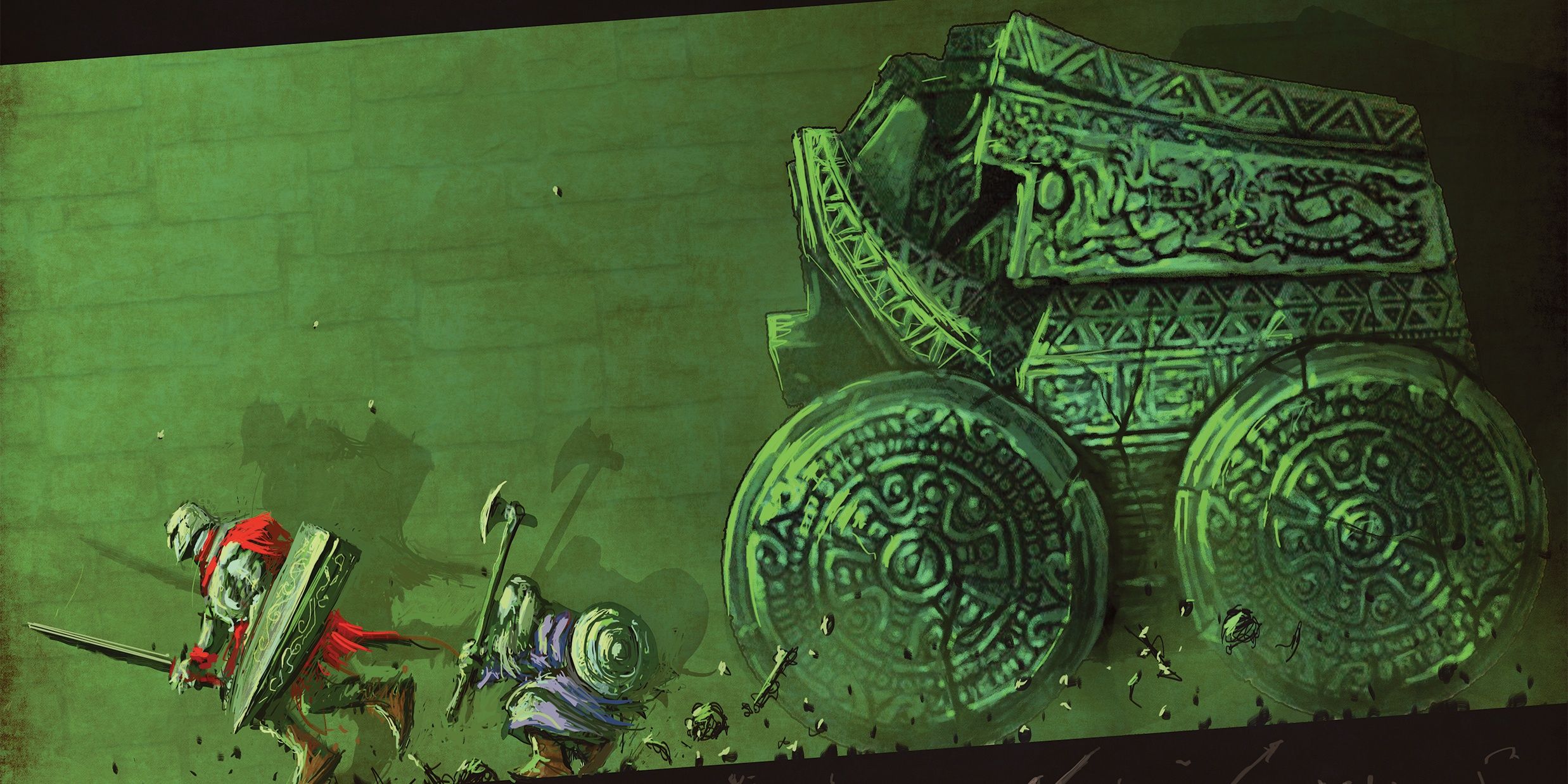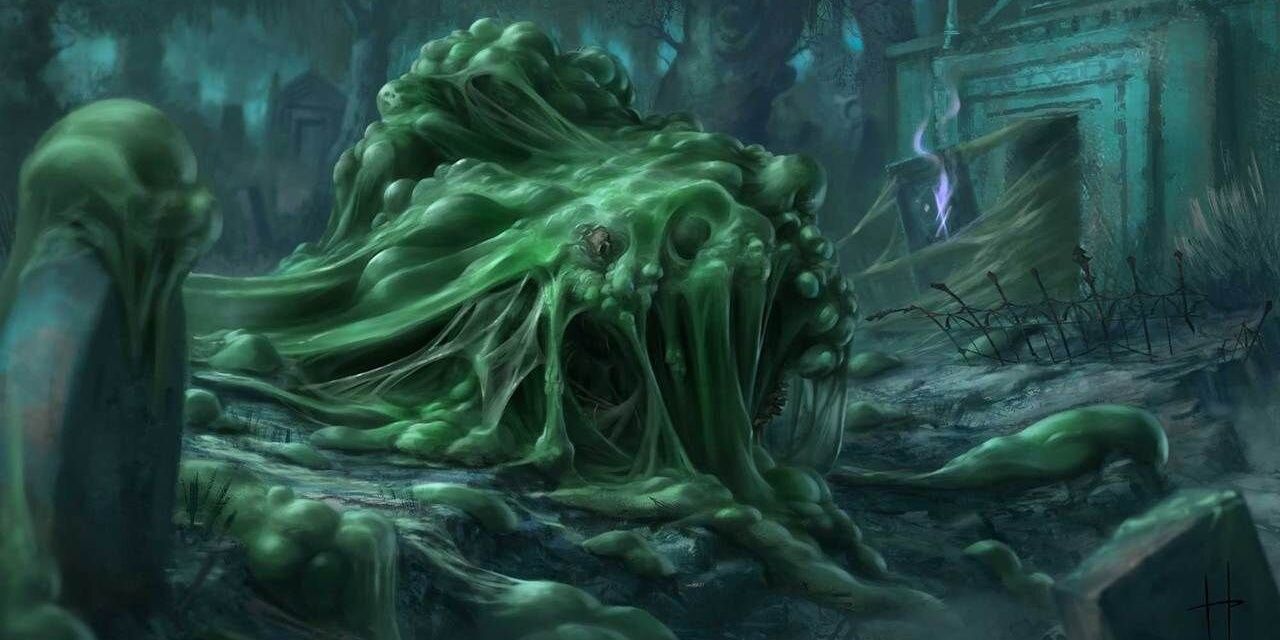As a Dungeons & Dragons party levels up and a campaign continues on for an extended period of time, creating engaging and difficult monster encounters can become difficult for Dungeon Masters when the Monster Manual runs dry. While any monster can be scaled up up a party’s preferred challenge-rating, stat blocks for existing monsters lay hidden in earlier editions of D&D, and in the far reaches of the internet.
Humanoid monsters are easier to customize and make interesting, as a Dungeon Master can take any existing, high-level stat block and attach it to an existing character or NPC in their D&D campaign. Battles can also be scaled up on the spot by adding additional hit points, and scaling up spells and weapon attacks if a party seems to be hacking through combat too easily.
Homebrew is also a valid and effective method for Dungeon Masters to create inventive and unique monsters for their Dungeons & Dragons campaigns. If a DM is unfamiliar with creating homebrewed content, there is a plethora of instructional guides and tutorials on how to successfully homebrew monsters, as well as a variety of homebrew that other Dungeon Masters have released as free-use content.
D&D's Nightwalkers Are 2E's Flying Undead
The Nightwalker was first introduced in Dungeons & Dragons 2E as a huge undead with a challenge rating of twenty. This monster hails from the Plane of Shadow, can only communicate via telepathy, can fly, and is known to grow as tall as twenty-five feet. The Nightwalker, along with its devastating mental powers, is incredibly strong and dextrous with a notoriously high constitution. This creature is immune to most non-magical damage, most conditions, and has an Annihilating Aura with a DC twenty-one constitution save.
Hecatoncheire Are D&D Monsters Perfect For High-Level Parties
Hecatoncheires in fifth edition Dungeons & Dragons is a two-headed, four-armed giant that is based on the hundred-headed or hundred-handed creature of the same name from Greek mythology. Naturally, this creature is incredibly perceptive due to its auxiliary limbs and can attack up to four times, once with each arm. They have advantage on most Wisdom related saving throws, as they can watch their front and back at the same time. Hecatoncheires either wield broad swords or giant boulders with incredible martial prowess, as skill in battle is paramount in their culture.
Maruts Provide A Challenge To High-Level D&D Parties
A Marut is a large construct, one of the Inevitables whose job was to enforce the inevitability of death. This can easily persuade a high-level D&D party into combat to preserve their lives, as the Marut’s only purpose is to ensure death comes for all living things. Although this creature can speak and read any language, it rarely utters a single word.
The Marut has a comprehensive understanding of magic in some editions. It can both cast a variety of spells and deal a devastating amount of physical damage with its slam attacks. The Marut also has three legendary resistances, which recharge at the end of each long rest, making it an ideal monster for high-level D&D parties.
Dungeons & Dragons' Zhackals Are Numerous Pack Hunters
Zhackals are canine creatures from second edition D&D that travel in packs and feed off of the emotions of the dying. While Zhackals do not have a very high challenge rating, they often travel in packs, making it easy for a high-level D&D party to become overwhelmed by a large number of them. These monsters use their psychic abilities to weaken those who are already injured or dying, causing them to give up on any will they have left to live. This allows the Zhackals to absorb their essence and grow stronger.
Nilbogs, Though Tiny, Can Mean Trouble For High-Level D&D Parties
Nilbogs are goblins or other impish D&D monsters that have been possessed by the soul of a trickster deity. As their name is literally goblin spelled backward, this sets expectations for the type of reality-bending fight that these small but powerful creatures put up. Although they have low challenge-rating and low hitpoints, Nilbogs can become difficult for high-level parties due to the fact that any harm done against them results in gained health.
One round of combat from an advanced D&D party can easily bump a Nilbog up nearly fifty temporary hit points, increasing the difficulty of the fight progressively until the party catches on. Moreover, anyone who tries to harm a Nilbog can become prone to Nilbogism, which moves victims to praise the Nilbog, help it, and hand over all of their worldly possessions to the creature.
Xills Are Both Intelligent & Brutal In Dungeons & Dragons
The Xill initially appeared in the first edition Fiend Folio from the first edition as a lawful evil monstrosity from Dungeons & Dragons' Ethereal Plane. They were feared for their ability to suddenly materialize from their extraplanar homes and ambush unsuspecting travelers, paralyze them with their venom, and drag them back to the Ethereal Plane to dispose of them in sinister and painful ways. What makes the Xill a fearsome monster is that they are sentient and intelligent creatures with a love for bloodshed. Even the most intelligent of the Xills are known for being brutal and totalitarian, with a propensity to work in groups and use strategic combat tactics.
Stone Juggernauts Are D&D's Sentient Tank
The Stone Juggernaut, for lack of a better term, can be described as a sentient tank. This creature is a large D&D construct with a challenge rating of twelve. The Stone Juggernaut’s lack of alignment can make it both a great ally or foe. Typically, armies will use this monster as a sort of siege engine, being that it does double damage to objects and structures. It can move fifty feet on each of its turns and has an immutable form that cannot be altered by either magical or non-magical means. So long as the Stone Juggernaut has one hit-point remaining, it will regenerate completely at dawn whether it has taken a long rest or not.
D&D's Living Blasphemy Is A More Formidable & Evil Gelatinous Cube
If Dungeon Masters enjoy working with the D&D 5E mechanics of a Gelatinous Cube, then they may want to look into the Living Blasphemy. This is a huge ooze with a true evil alignment that can slam and engulf players, similar to the Gelatinous Cube, with a DC twenty Charisma-based saving throw to decide what happens next. Based on their save, a player can either be dazed, weakened, paralyzed, or killed instantly. The Living Blasphemy is much larger than other oozes in the Monster Manual, and as such are difficult to avoid in combat, especially in an enclosed space.
While there is this assortment of niche monsters from earlier editions of Dungeons & Dragons, there is nothing wrong with using monsters that are typically coined cliché. Creatures like the Tarrasque, Beholders, Mindflayers, and Gelatinous Cube are iconic and well-loved monsters and can be an exciting addition to a Dungeons & Dragons boss fight. There are also some monsters with cross-compatibility from other TTRPG modules as in the Pathfinder Bestiary and the recently released Witcher’s Journal.

